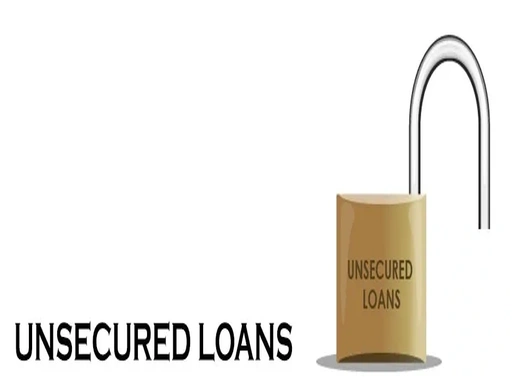
Why Opt For Unsecured Loan
April 26, 2019
Puneet
Unsecured education loan, Study abroad loans, Education loans without collateral, Student loans for studying abroad, Higher education loan
For long, the high cost of education kept middle class families from sending their children to study abroad in foreign universities. Those who sought quality education, settled for a graduate or post-graduate degree from a reputed institution in India instead of going for the same in countries like the US, UK, Canada or Ireland. It was thought that studying abroad was a luxury that only affluent parents could provide their children. For middle-class families in India, studying abroad without scholarship was unthinkable.
The primary reason for this was the ceiling of Rs 7.5 Lakhs placed on unsecured education loans by most commercial banks in India. And although the ceiling for unsecured education loans for studying abroad extended to Rs. 15 Lakhs, they were, at best, insufficient. This is because the cost of tuition fees alone in most foreign universities far exceeded this amount.
The secured education loans on the other hand were readily available at relatively cheap rates. However, they required collateral in the form of land or property of equal value. Not many middle class families had such assets to keep as collateral against such loans.
In recent times however, lending institutions like NBFCs (Non-Banking Financial Companies) and facilitating companies such as Student Cover have come forward to offer high volume unsecured education loans to students going to study in countries like the US, UK, Canada and Ireland. These loans are given based on a number of factors such as the creditworthiness of the borrower, the scope of employment after the completion of the course, the country and the institution where the student has applied for admission.
In this blog, we try to explain why it is wiser for a student to opt for unsecured education loan through Student Cover than to go for secured ones despite the rate of interest (RoI) of the former being higher than the latter.
WHY STUDENTS SHOULD OPT FOR UNSECURED EDUCATION LOANS THROUGH STUDENT COVER?
- Optimistic approach to lending – Unlike secured loans, unsecured loans are given with an optimistic view that the borrower, under normal circumstances, would not default on repayment of the loan. This is the reason why lenders of unsecured loans give priority to factors such as source of income, employment opportunities after completions of the course etc. which enable a borrower to repay the loan in a timely manner. In contrast, lenders of secured loans seek collateral as a guarantee against default or non-repayment of the education loan.
- Loan given against Creditworthiness not property – Unsecured loans, as the name suggests fall in the category of loans that do not require any collateral. In simple words, the borrower doesn’t have to pledge his or her property against the loan. Loan approval depends on the creditworthiness of the borrower determined by factors such as CIBIL Score, source of income etc. This frees the asset from being kept stagnant and unused for a long time.
- No risk of losing the property kept as collateral – One of the major drawbacks of secured loans is that the bank or lending institution has the right to sell the asset kept as collateral and reclaim the unpaid loan amount. This could lead to severe loss to the borrower as not only does he or she loses the asset, but also the benefits arising out of capital appreciation (increase in price) of that asset in future.
- Flexible loan repayment options – While the borrowers of secured loans usually get a moratorium of 2-3 years before they are required to repay the loan in the form of EMIs (Equated Monthly Installments), the borrowers of unsecured loans do not get a moratorium. However, this does not mean that they are required to pay the EMI from day one itself. Instead, they may pay only a partial simple interest (PSIs) accrued on the education loan during the course period. These PSIs could be anywhere between Rs 2,000 to Rs. 5,000 per month.
- Balance Transfer facility – One of the unique facilities that providers of unsecured loans give to the students is that of balance transfer. This means that if a borrower has taken an unsecured education loan at high interest rate and is facing difficulty repaying the EMI on those loans, companies likeStudent Cover help the borrowers switch over to loans with lower ROIs and hence, lower EMIs, for a small processing fee. This relieves the borrower from the burden of paying high EMIs every month.
- Quick Loan Approval – As mentioned earlier, the loans are given based on the creditworthiness of the borrower which is determined by factors such as CIBIL score, source of income etc. As the CIBIL score and other documents are easy to obtain, it drastically reduces the time and effort taken to sanction the loan. Contrary to that, secured loans need collateral which requires mortgaging the property with the bank which takes a lot of time as it has to go through various legal processes.
We hope that the reader will find the benefits outlined in this blog useful which taking decision regarding education loan to study abroad. Student Cover offers unsecured education loans at lower rates of interest to students going abroad to countries like the US, UK, Canada and Ireland for higher studies.
Visit Student Cover to know more about the student loans for studying abroad offered by Student Cover.
Recent Blog Posts

Need help? Chat with us
Register now to apply!
Already registered? Click here to login
